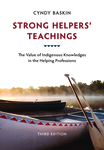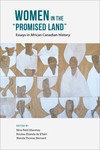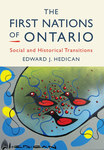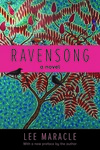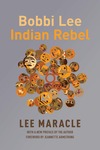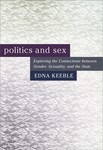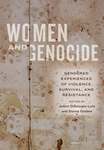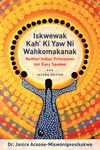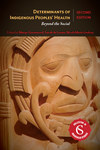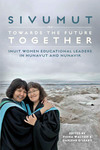We don’t actively support Internet Explorer
It appears that you are using Internet Explorer, which has been discontinued by Microsoft. Support has ended for versions older than 11, and as a result you may face security issues and other problems when using it.
We recommend upgrading to a newer browser such as Firefox, Google Chrome, or Edge for a much better experience across the web.
While this site may work with Explorer, we are not testing and verifying it, so you may run into some trouble or strange looking things.
Overview
Over 15 years ago, Kim Anderson set out to explore how Indigenous womanhood had been constructed and reconstructed in Canada, weaving her own journey as a Cree/Métis woman with the insights, knowledge, and stories of the forty Indigenous women she interviewed. The result was A Recognition of Being, a powerful work that identified both the painful legacy of colonialism and the vital potential of self-definition.In this second edition, Anderson revisits her groundbreaking text to include recent literature on Indigenous feminism and two-spirited theory and to document the efforts of Indigenous women to resist heteropatriarchy. Beginning with a look at the positions of women in traditional Indigenous societies and their status after colonization, this text shows how Indigenous women have since resisted imposed roles, reclaimed their traditions, and reconstructed a powerful Native womanhood.Featuring a new foreword by Maria Campbell and an updated closing dialogue with Bonita Lawrence, this revised edition will be a vital text for courses in women and gender studies and Indigenous studies as well as an important resource for anyone committed to the process of decolonization.
Table of Contents
Otaynak—Foreword by Maria Campbell
Preface to the Second Edition
Acknowledgements
Introduction
PART I: SETTING OUT
1: Story of the Storyteller
2: Working with Notions of Tradition and Culture
3: Literary and Oral Resources
PART II: LOOKING BACK: THE COLONIZATION OF NATIVE WOMANHOOD
4: The Dismantling of Gender Equity
5: Marriage, Divorce, and Family Life
6: The Construction of a Negative Identity
PART III: RESIST
7: Foundations of Resistance
8: Acts of Resistance
9: Attitudes of Resistance
PART IV: RECLAIM
10: Our Human Relations
11: Relating to Creation
PART V: CONSTRUCT
12: The Individual
13: Family
14: Community and Nation
15: Creation
PART VI: ACT
16: Nurturing Self
17: Nurturing the Future
PART VII: PAUSE/REFLECT
Concluding Dialogue
Kim Anderson and Bonita Lawrence
Participant Biographies
Notes
Bibliography
Index


